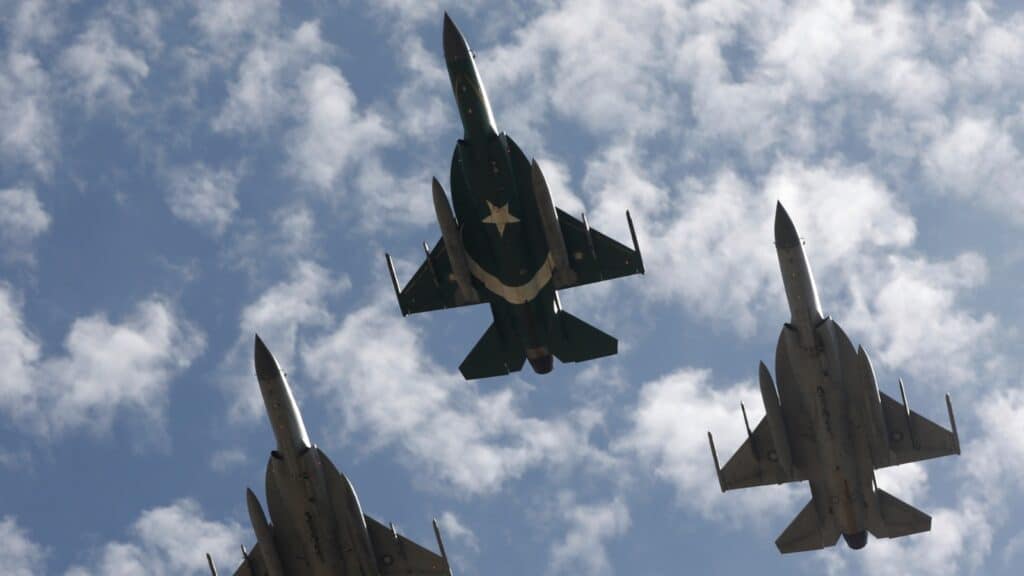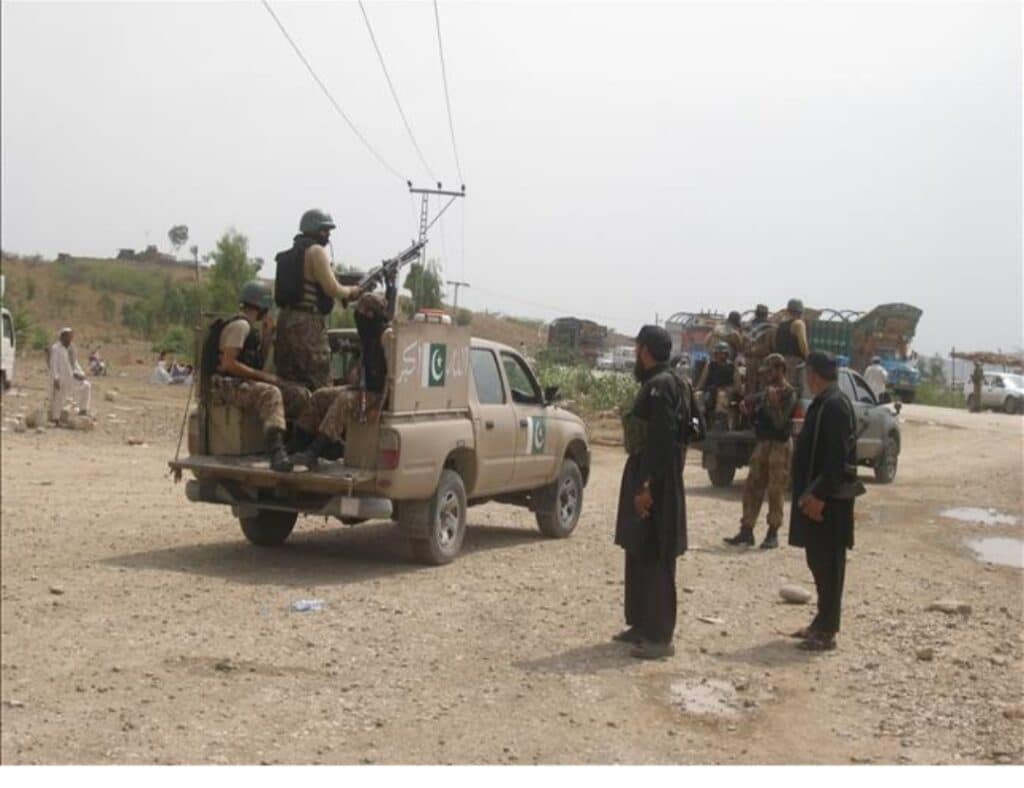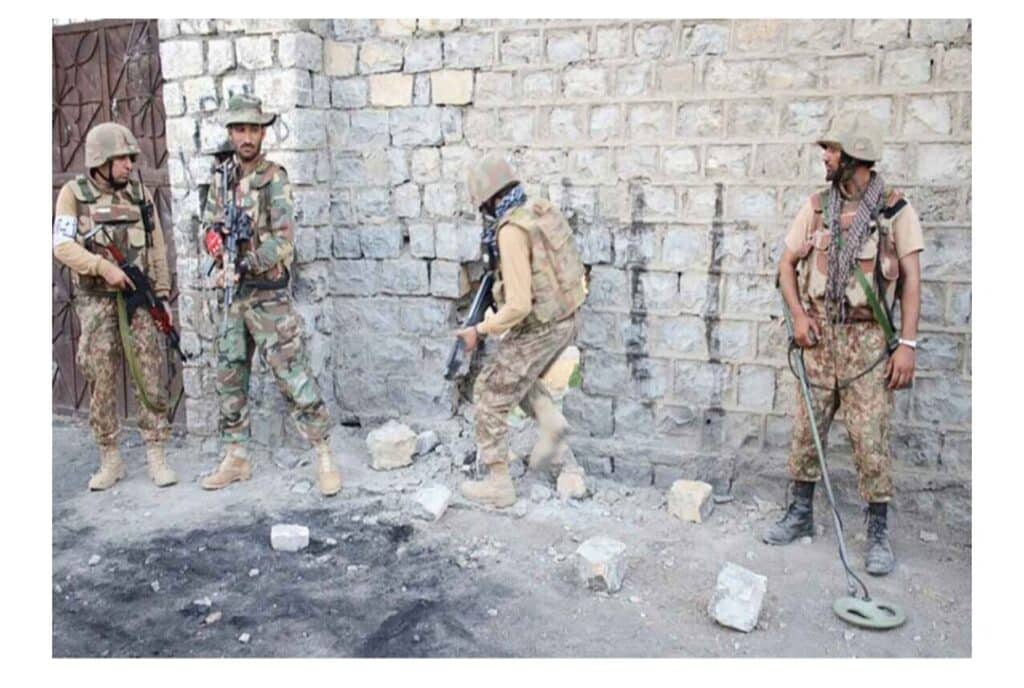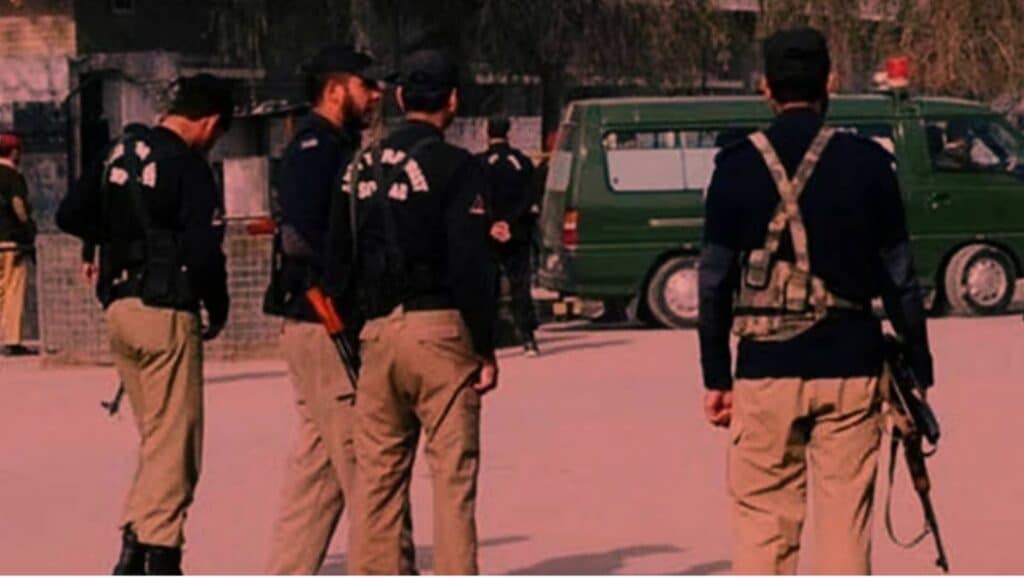The Pakistan Air Force (PAF) is rapidly positioning itself as Asia’s third major air power, trailing only China and potentially overtaking long-standing rivals like India, Japan, and South Korea. This transformation is not driven by fleet size alone, but by strategic integration across nine critical pillars—fighter modernization, electronic warfare, networked operations, unmanned systems, space and cyber capabilities, resilient infrastructure, weapons diversity, indigenous production, and elite pilot training.
With over 450 combat aircraft and induction of fifth-generation platforms like the J-10C, J-35, KAAN (“Iqbal”), and the indigenous stealth PFX, the PAF is embracing next-gen air combat. Pakistan leads the region in drone integration, with more than 300 operational UAVs and indigenous production lines for tactical and strategic unmanned systems.
Its AEW&C fleet, electronic warfare units, and sovereign Link-17 datalink give the PAF a decisive edge in real-time situational awareness and joint-force coordination. Meanwhile, deep cooperation with China in space and cyber domains is enabling secure, high-tech defense infrastructure.
Unlike many regional forces, the PAF enjoys supply security through a diverse partner ecosystem and a robust domestic defense industry. Its combat record, resilient airbase network, and globally respected pilot training programs reinforce its warfighting credibility.
Pakistan’s air force is no longer just reactive—it’s shaping a doctrine of technological autonomy, operational agility, and strategic deterrence. By 2030, its status as Asia’s third great air power may no longer be in question—it may be reality.
This analysis is based on the article “The Rise of the PAF: Asia’s Third Air Power” by Amir Husain, published on Medium.





